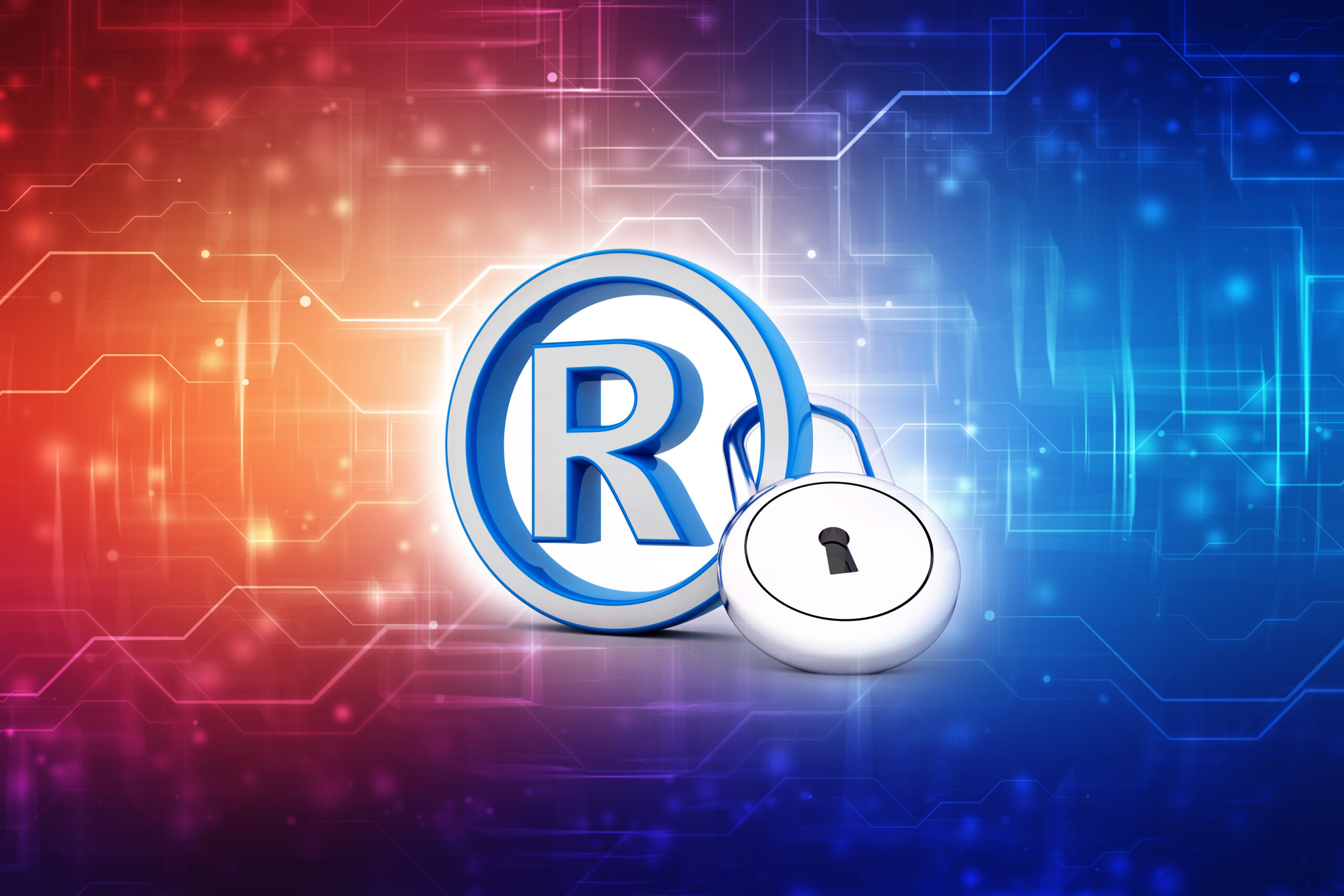“These new requirements seem like a small hassle for the big value of improved efficacy and integrity of the trademark system.”
Security issues have long dogged the U.S. trademark system. Unscrupulous operators – sometimes competitors, sometimes bad actors with nothing better to do – too frequently muck up the application process by modifying those filings or filing improper submissions.
This is no small problem given the U.S. Patent and Trademark Office (the USPTO) remains a mammoth and international hub of trademark filings. In fiscal 2021, trademark application filings topped 943,000, a record high. This marked an increase of about 28% from the prior year, with that increase driven primarily by Chinese filers.
Needless to say, keeping bad actors, hackers, and scammers out of the trademark registration process is critical. The USPTO clearly understood that and began making changes to the Trademark Electronic Application System (TEAS) in late 2019 to heighten security and keep the unscrupulous at bay.
But the agency’s latest modification might be its best and most important yet. Just within the last several months, the USPTO installed a mandatory identity verification process that takes security up another level. Users must now verify their identity through a paper process or online. At last, the USPTO is ensuring that you are a living, breathing human being and not a bot.
The Identity Verification Process
The process is not difficult or…














